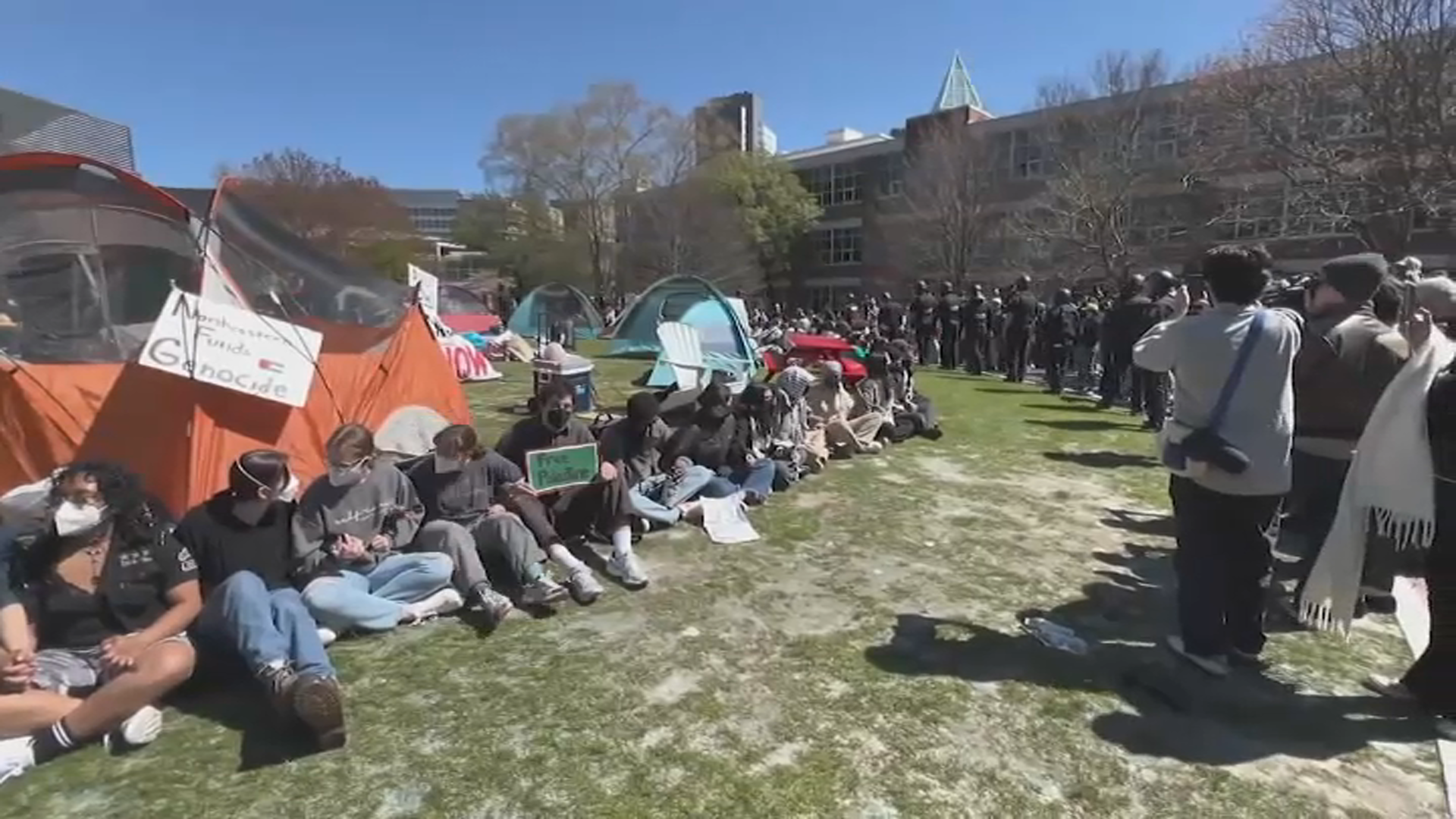(NECN) - Sandy has passed through New England, but residents may not be out of the woods when it comes to safety and health.
Dr. Mallika Marshall shares some important information on post-storm safety.
* Carbon monoxide poisoning
It's probably one of the last things people think about but it's a real danger. Carbon monoxide poisoning killed 10 people after Hurricane Katrina and 13 people after Hurricane Ike in 2008.
Why? Because people can get in trouble with portable generators which emit a lot of carbon monoxide as well as gas stoves and grills.
As for a generator, make sure you place it as far from the house as possible, away from windows and out of the rain. Do not keep it inside or in a garage.
And you want to make sure that your carbon monoxide detector is working properly in the home.
* Food safety - temperatures?
Local
The U.S. Department of Agriculture says your freezer should be kept at 0 degrees or below, your refrigerator at 40 degrees or below.
If your appliance doesn't have a built-in thermometer, buy one and keep it inside at all times.
* How long does food keep after the power goes out?
First of all, keep your refrigerator and freezer doors shut if you lose power to keep things cold for as long as possible.
The refrigerator will keep food safely cold for 4 hours if unopened. A FULL freezer will hold its temperature for 48 hours. A HALF-FULL freezer is good for 24 hours.
If the power has been out for several days, check your freezer's temperature. If the temp is below 40 or the food still has ice crystals, it should be okay.
* Most important foods to throw out
If you are without power for more than 4 hours, throw out perishable foods from your fridge like meat, poultry, fish, soft cheeses, milk, eggs, leftovers and deli items.
Some foods that are safe even if they've been over 40 degrees for more than two hours include margarine, peanut butter, jelly, fresh fruit, fruit juice, raw vegetables and condiments like mustard and catsup.
Get rid of mayonnaise if it's over 50 degrees for more than 8 hours.
* Mold and mildew
Mold and bacteria can grow quickly in damp environments. Mold is especially dangerous for people with breathing problems caused by allergies or asthma. But high levels of mold can also cause problems for people who are relatively healthy.
Symptoms of mold exposure include wheezing, shortness of breath, sore throats, flu aches and pains, and fatigue.
Mold isn't the only threat from flooding. Bacteria may also be a problem if your house was soaked by sewage. Bacteria can cause dangerous gastrointestinal and skin infections.
* Preparations for the next storm
If you hear a storm is coming, freeze containers of water to help keep food cold in the freezer, refrigerator or coolers after the power is out. You can also freeze items you normally keep in the refrigerator like milk, meat and poultry. You can also group foods together in the freezer to help keep them cold longer.



